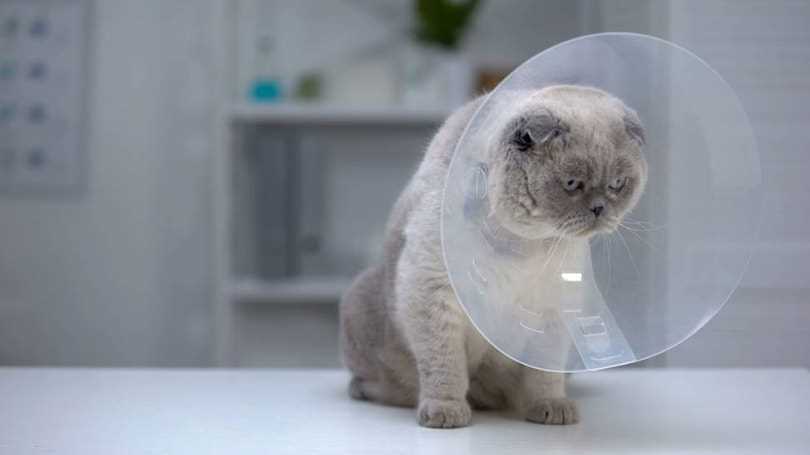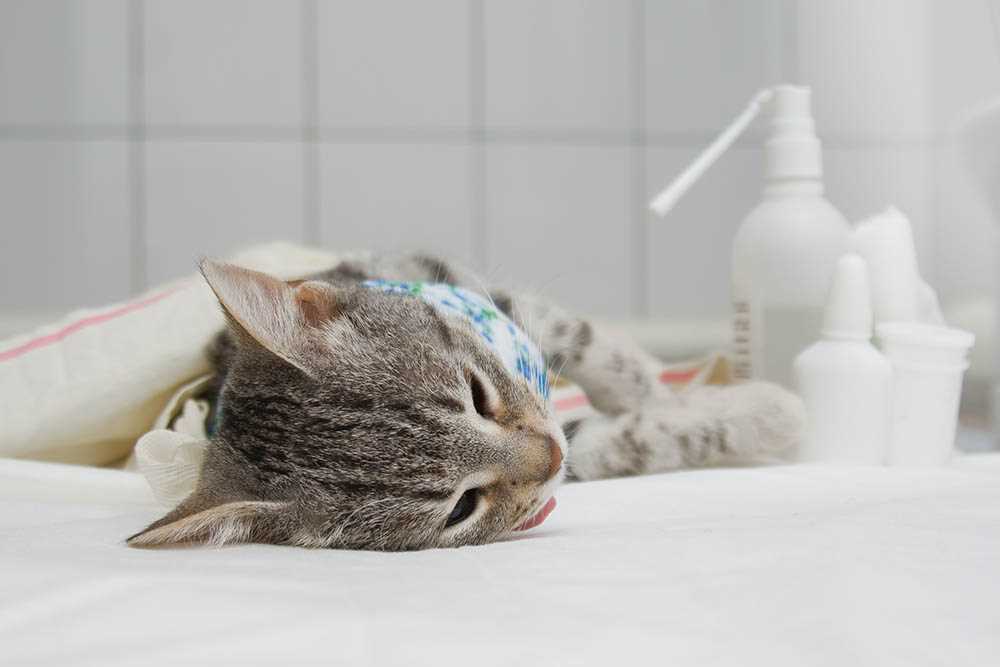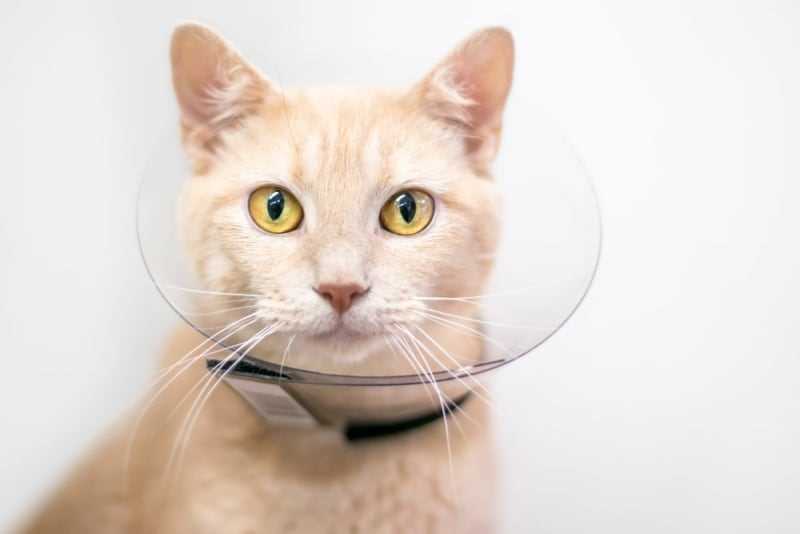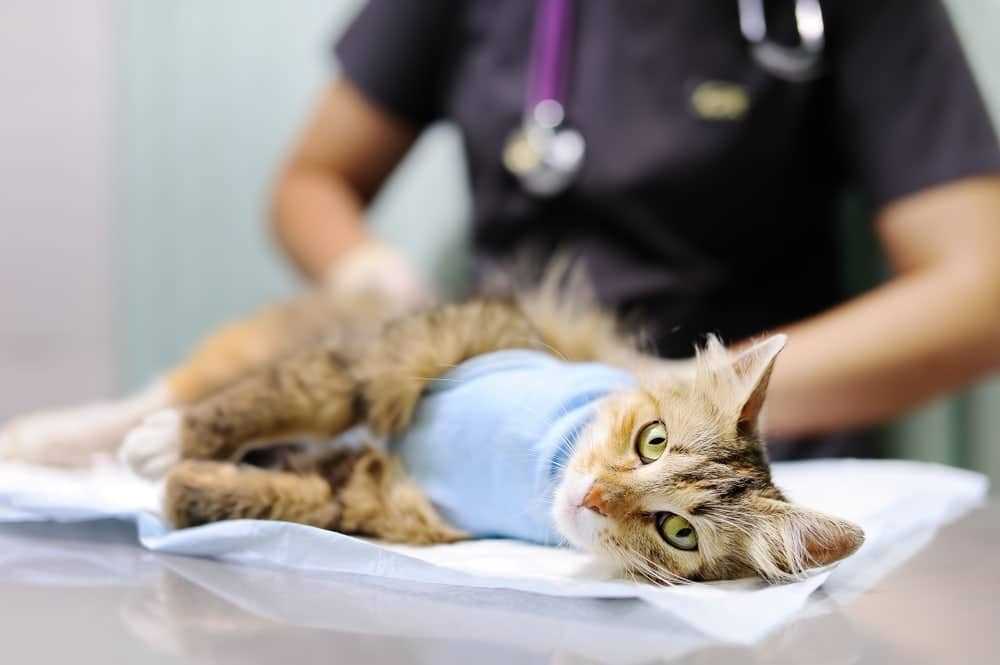

Based on my personal experience, the typical duration for minimizing activity following a surgical procedure is about 10 to 14 days. This period allows for proper healing of the incision while reducing the likelihood of complications.
During this time, it’s advisable to restrict movements that involve jumping or running. I suggest creating a comfortable, quiet space where I can relax without too much stimulation from my surroundings. Soft bedding and familiar toys are excellent for making this area inviting.
Monitoring for any signs of discomfort or unusual behavior is crucial. If I seem to be excessively licking the surgery site or if there are any changes in appetite or energy levels, contacting a veterinarian promptly is recommended. Following these guidelines can ensure a smooth recovery process.
Duration of Rest Period Following Surgery
It’s recommended to limit activity for about 10 to 14 days post-procedure. This timeframe allows for proper healing and minimizes risks of complications.
During this period, I suggest the following:
- Provide a quiet space away from noise and other pets.
- Utilize a comfortable bed or blanket for rest.
- Monitor the surgical site daily for any signs of swelling or discharge.
- Limit jumping or running by using toys that encourage gentle play.
Each individual may heal at a different pace, so it’s wise to observe behavior. If there’s excessive licking or signs of discomfort, consult a veterinarian for guidance.
After two weeks, gradually reintroduce normal activities. Always prioritize safety and well-being during the recovery phase.
Understanding the Spay Procedure and Recovery
It’s crucial to know that the process involves general anesthesia, which means my human needs to ensure I’m healthy enough for the procedure. A physical examination and pre-anesthetic blood work are often recommended to identify any hidden health issues.
Once the surgery is done, I wake up in a comfortable area with soft bedding. My human should monitor me closely during this time. I might feel groggy and disoriented, which is normal. Pain management is essential, so my vet usually prescribes medication to ease any discomfort I might experience.
Post-Operative Care
My incision site needs to be kept clean and dry. My human should check it daily for redness, swelling, or discharge. If they notice anything unusual, contacting the vet is necessary. It’s also vital to prevent me from licking or biting the area, so an Elizabethan collar may be used.
Signs of Complications

Awareness of potential complications is important. If I exhibit excessive lethargy, loss of appetite, or persistent vomiting, immediate veterinary attention is required. Monitoring my behavior closely during recovery helps ensure I heal properly.
Recommended Confinement Duration Post-Surgery

The ideal duration for restricting activity is typically around 10 to 14 days. This timeframe allows for proper healing and minimizes complications.
Factors Influencing Recovery Time
Individual recovery rates may vary based on age, health status, and type of procedure. Some key aspects to consider include:
| Factor | Impact on Duration |
|---|---|
| Age | Younger pets may heal faster than older ones. |
| Health Conditions | Existing health issues can extend recovery time. |
| Activity Level | More active pets might require longer restrictions. |
Signs of Complications
During the recovery period, watch for signs such as excessive swelling, discharge, or changes in behavior. If any of these occur, consult your veterinarian promptly.
Signs Your Feline Friend Needs More Recovery Time
If you’re uncertain about whether your furry companion is ready to resume normal activities, pay attention to these indicators that suggest a longer healing period is necessary:
| Sign | Description |
|---|---|
| Lethargy | Prolonged tiredness or lack of energy beyond the initial days post-procedure. |
| Loss of Appetite | Refusal to eat for more than 24 hours can signal complications. |
| Unusual Behavior | Increased hiding, vocalization, or aggression may indicate discomfort. |
| Swelling or Redness | Noticeable inflammation around the incision site may require veterinary evaluation. |
| Vomiting or Diarrhea | Persistent gastrointestinal issues can indicate a need for further assessment. |
| Difficulty Moving | Struggling to walk or jump can be a sign of pain or complications. |
Monitoring these signs closely can help ensure your pet recovers smoothly. If you notice any of these symptoms, consult your veterinarian promptly. Keeping an eye on your furry friend’s health is paramount, especially if they enjoy their adventures as much as I do. Speaking of adventures, if you’re curious about outdoor cats for mice, be sure to check that out for more tips!
Creating a Comfortable Confinement Space
Set up a cozy area with my favorite blankets and pillows to help me feel relaxed. A soft bed in a quiet corner is ideal, away from busy household activities. Include familiar toys to keep me entertained during recovery.
Ensure easy access to essentials like food, water, and a litter box. Using shallow bowls makes it easier for me to eat and drink without too much movement. Place everything within a short distance so I don’t have to exert myself.
Control the temperature in my space. A comfortable environment promotes healing. Avoid direct drafts or overheating; maintaining a neutral temperature helps me rest better.
Consider using a pheromone diffuser to create a calming atmosphere. These products can reduce stress and anxiety, aiding in my recovery process.
Limit visual stimuli. Cover windows or use curtains to minimize distractions from outside. A peaceful setting will help me feel secure and allow me to recuperate without unnecessary disturbances.
Check the confinement area regularly. I appreciate a clean space, so keeping it tidy ensures my comfort. Regularly refreshing my bedding and removing any waste will help maintain a pleasant environment.
Lastly, spend time with me! Your presence can be very reassuring. Gentle interactions will help me feel loved and supported during this recovery phase.
Activities and Interaction During Confinement

Engaging in stimulating activities is crucial during this recovery phase. Providing toys that encourage gentle play can keep boredom at bay. Opt for soft, plush toys or interactive ones that don’t require jumping or excessive movement.
Interactive Play Options
Consider using feather wands or laser pointers, ensuring movements are slow and controlled. A calm approach allows me to participate in the fun without overexertion. Rotate toys frequently to maintain interest and excitement.
Gentle Socialization
Maintaining social interaction is essential. Spend quality time together, offering gentle pets and soft talk. This connection helps reassure me during a time that can feel strange. Keep interactions relaxed and avoid loud noises or sudden movements.
Creating a cozy atmosphere with soft blankets and familiar scents enhances comfort. A window perch can provide visual stimulation without the need for rigorous activity. Careful supervision ensures I stay safe while exploring my surroundings.
Always watch for signs of discomfort or stress. Adjust activities based on my mood and energy levels. This balance of interaction and tranquility supports a smooth recovery.
Monitoring Incision Site and Overall Health
Check the incision area daily for any signs of irritation or abnormality. Look for redness, swelling, or discharge. If the incision appears to be opening or if there’s an unusual odor, contact your vet immediately.
Temperature assessment is key. My human measures my temperature at least once every other day. A normal range should be between 100.5°F to 102.5°F. Any deviation might indicate an infection or other complications.
Behavioral Changes
Pay attention to my appetite and energy levels. A decrease in eating or drinking can signal discomfort or illness. I usually bounce back quickly, but if I’m lethargic or hiding more than usual, it’s a red flag.
Activity Level
Limit my movements to prevent strain on the incision. If I’m trying to jump or run, gently redirect me to a quieter spot. My human should monitor me closely to ensure I’m not overexerting myself during recovery.
When to Consult Your Veterinarian

Consult your veterinarian if any of the following occur:
- Excessive swelling or discharge at the incision site.
- Persistent vomiting or diarrhea beyond the first day.
- Refusal to eat or drink for more than 24 hours.
- Signs of pain that seem unmanageable, such as excessive meowing or hiding.
- Difficulty in urination or defecation.
- Unusual lethargy lasting longer than expected.
- Any sudden changes in behavior or health that concern you.
It’s always better to err on the side of caution. If something feels off, reaching out for professional guidance is wise. Consider keeping a record of any symptoms to discuss with your vet.
Additional Resources
For pet care tips that might help during the recovery process, you might find useful information like best acme dog whistle for border collie.









